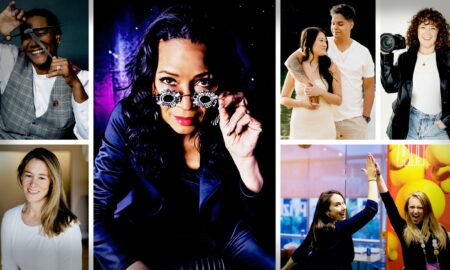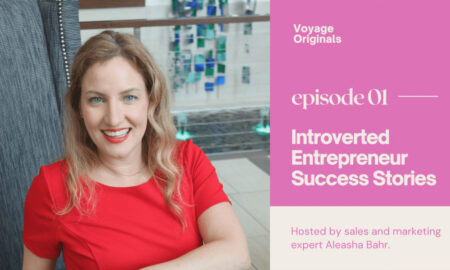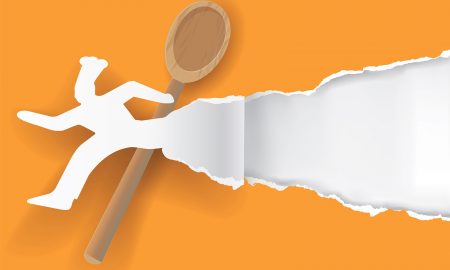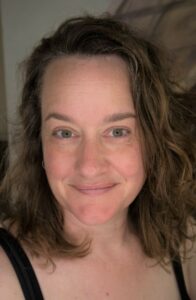
Today we’d like to introduce you to Rebecca Casement.
Hi Rebecca, thanks for sharing your story with us. To start, maybe you can tell our readers some of your backstories.
I am a Michigan artist currently living in Flint, but I grew up in rural central Michigan. My parents were very influential in my love for making, each informing different areas of my making. I often helped dad with building projects, and my mom encouraged me with learning to sew, garden, and arts/crafts projects. We were not well off, so did a lot of creative play outside and made things out of found objects. I wasn’t ever a traditional art kid. I loved making things and working with my hands, so I took home economics, woodshop, metal shop, and one art class. As long as I can remember, I have enjoyed making and building things, but I didn’t actually pursue art formally until I was 36. I had reached a crossroads after a really difficult divorce and decided to go back to school to become an art teacher. I was a newly single parent of two teenage girls, one of which was very ill and needed a way to provide for us.
I didn’t believe I was an artist because I wasn’t inherently talented at drawing or painting. But, during my first year, I took a beginning sculpture and a ceramics class and fell in love with sculpture. It seemed to come naturally to me. I was able to make what I was feeling without the self-induced demand for perfection. My whole trajectory changed and I pursued an MFA instead. As I was learning new skills, I leaned into the imperfections and used them to emulate life. The installation work began about 5 years later simply because I was interested in the challenge of it. I like that I can create a space that envelopes the viewer both physically and emotionally/psychologically. It has proven to be a natural progression to the stand-alone sculptures that I create.
I think, to my benefit, I didn’t know the “rules” of art school and the art world in general before I set out on this journey. This has allowed me to do things in a way that feels authentic to me and not get too caught up in what is the “right” way.
We all face challenges, but looking back, would you describe it as a relatively smooth road?
No. Smooth is the opposite of how I would describe my life or my road to becoming a working artist. But that is part of it, right? I don’t know very many people who get through life unscathed. Or who achieve big dreams without a lot blood, sweat, and tears. It’s hard to make your own way and to learn to listen to your voice instead of all the negative. But it’s impossible if you don’t learn to push through and just do those things that are scary or hard. I usually follow four personal mottos when pushing forward in anything:
• Stay authentic to who you are and what you feel strongly about. Don’t worry about who will like it or if it’s “current.” When you are true to your artistic voice/style and what you feel strongly about, you won’t have to work as hard to stand out. Authenticity matters.
• Work hard! Continue to learn, explore, and grow. Don’t look for the rules of a material or style, just make and see where it takes you. If you have a comfort zone, push out of it.
• Do what you love. If you can’t do it as a career, that’s ok. Find a way to do it as a hobby or side job. You will be better emotionally and psychologically if you make time to do what brings you joy.
• And, treat people with care. We do better as a society when we take the time to notice and care for each other.
Thanks for sharing that. So, maybe next you can tell us a bit more about your work?
How we interact with each other is at the conceptual core of my work. Some people don’t fit well together, some support each other, some destroy each other. I often show the results of the negative interactions, but I balance that with a call for community, humanity, and care. I think that right now, we are really seeing the need to feel connected on a more intimate and personal level. Even before the Covid 19 pandemic and all of the social unrest we have experienced there was a growing desire to have spaces where people could hang out, work together, and socialize outside of the digital realm. Coffee shops, maker’s spaces, and community gardens are all physical manifestations of this desire for connection. By creating sculptures that are in dialogue with either parts of themselves or to other sculptures via color, texture, material, or proximity, I construct a visual connectedness. Accentuating or subverting these visual cues gives the sense of inclusion or isolation. Layering all of these elements establishes a storyline of how our interactions can create or destroy connections between people.
My forms almost always represent bodies as vessels. The body is an archive of all verbal and physical actions inflicted upon it. The forms expose the consequences of these histories visibly on our bodies, but also in the places inside us that can’t be seen so clearly. They represent all of the things we hold inside ourselves. The private, the painful, the joyful, the intimate. They hold our personal histories and our collective history as people.
We each grapple with hardness vs softness, malleability vs. rigidity in both how we act with each other and how we respond to hurts that we have experienced. I’m always trying to draw those connections out in my work in order to create a dialogue about our personal and societal responsibilities to others.
Are there any apps, books, podcasts, blogs, or other resources you think our readers should check out?
Podcasts of all different varieties are often playing in my studio and on my commutes. Podcasts like Dan Carlin’s Hardcore History and nature documentaries about how animals evolve are a great resource for me. History really taps into the breadth of human experiences and how those experiences change us individually and collectively. Being able to look back on the what, why, and how something occurred is fascinating to me. I like the insight that retrospect gives. With books, I like a wide variety. Poetry, historical novels, and biographies fill my bookshelves…along with a ridiculous number of how-to books. I am addicted to learning and trying new skills, so my library of do-it-yourself books is extensive!
Contact Info:
- Website: https://www.rebeccacasement.com/
- Instagram: https://www.instagram.com/rmcasement_art/
- Facebook: https://www.facebook.com/profile.php?id=100009208989690

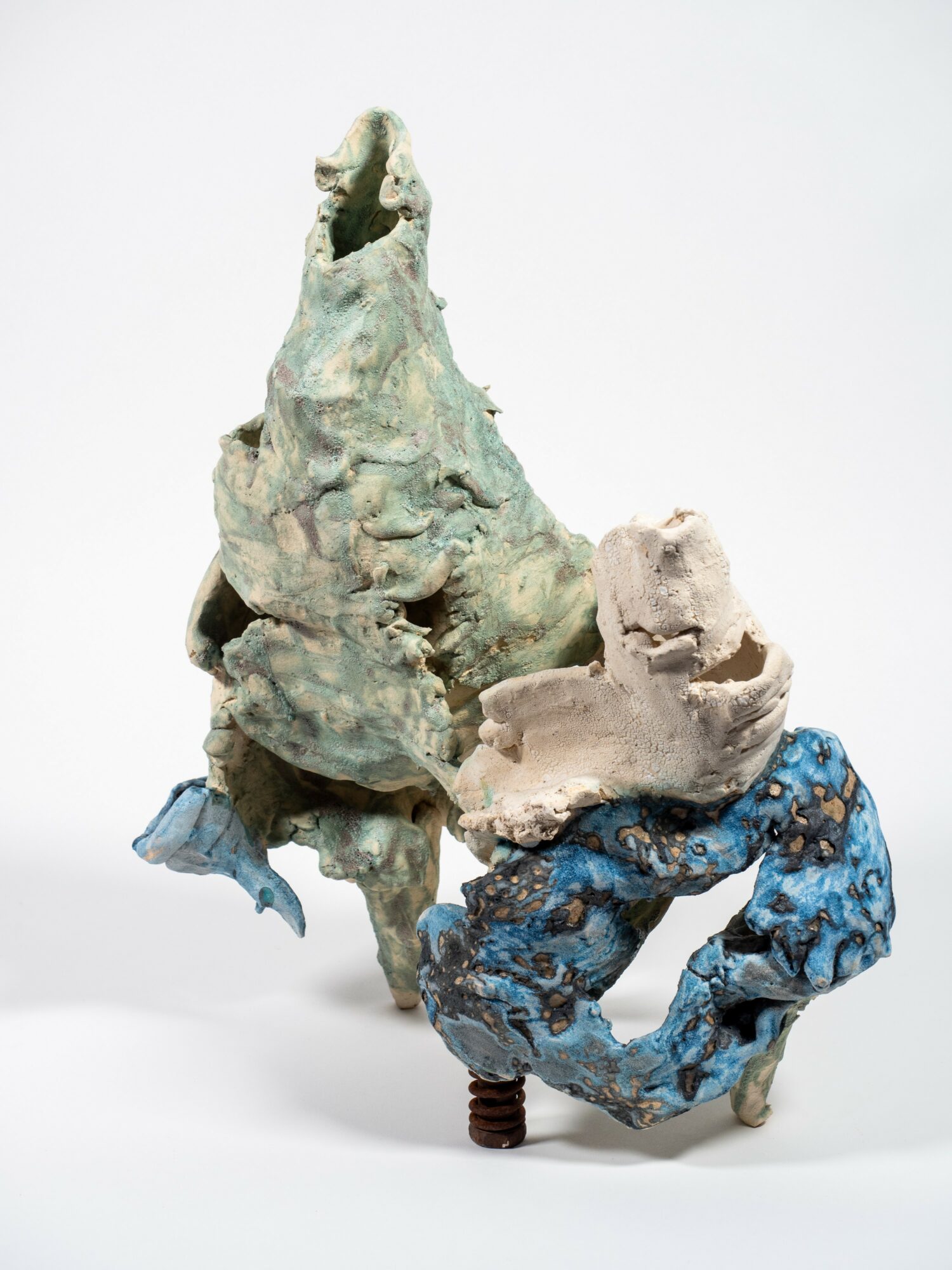

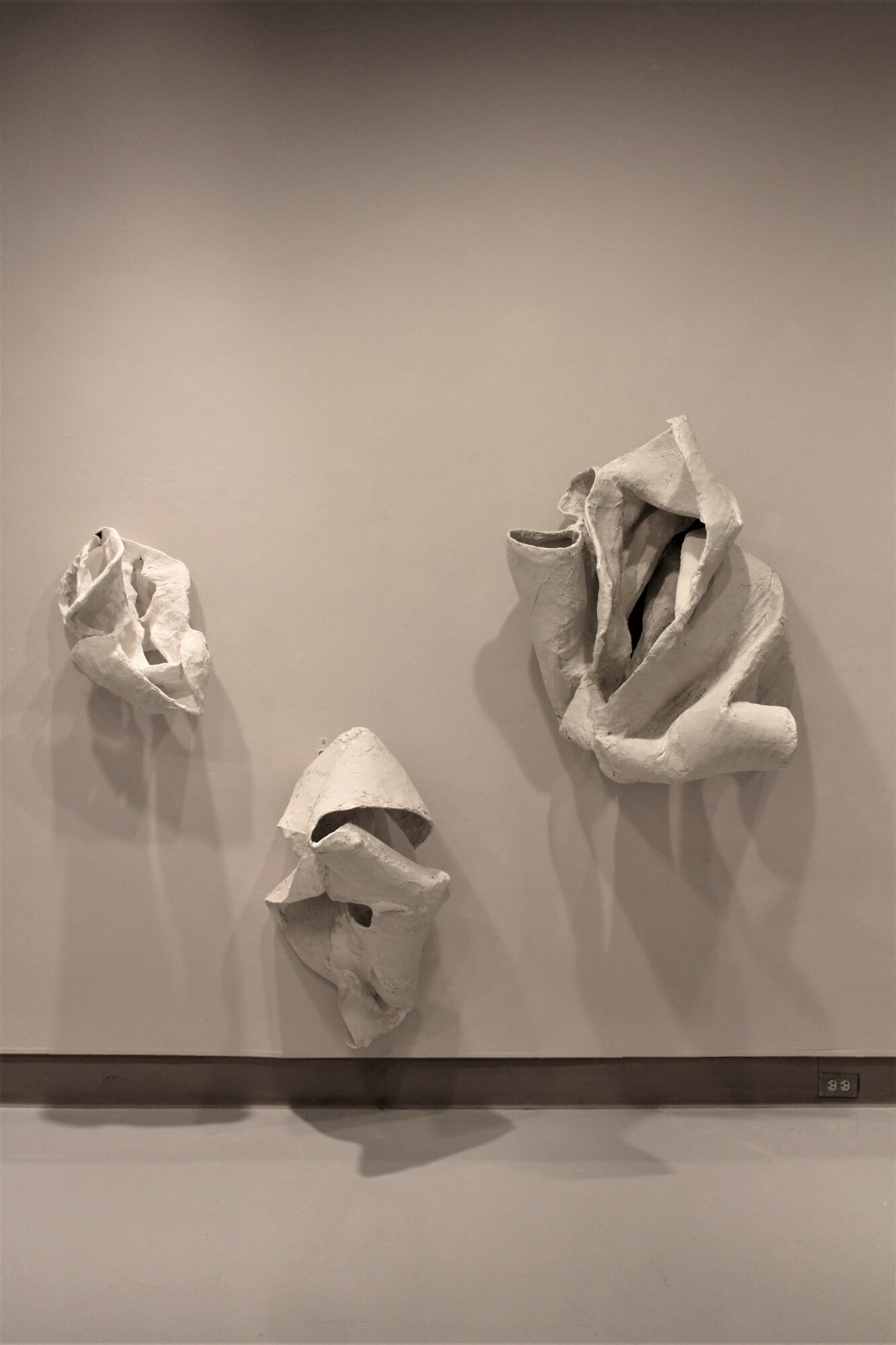
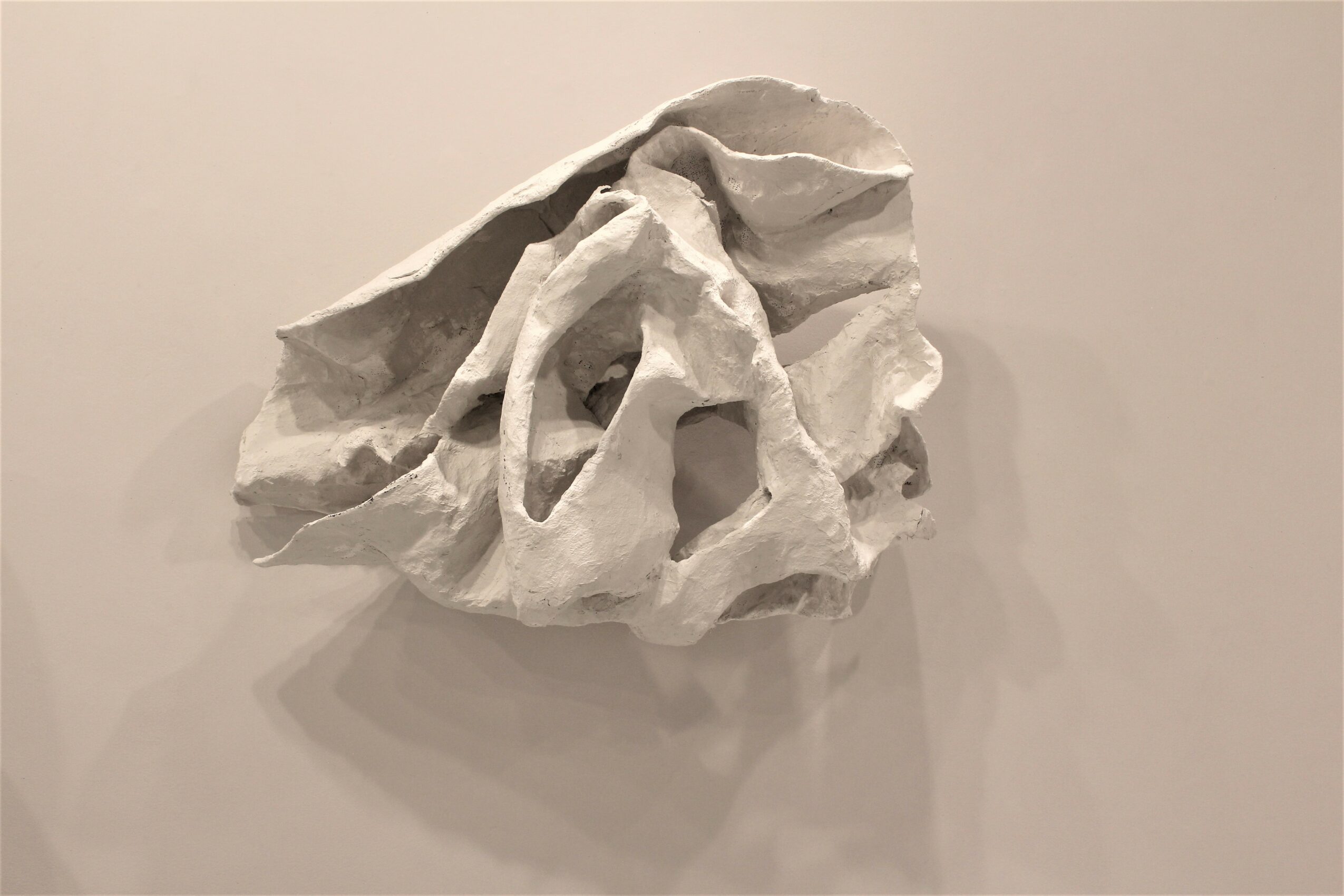
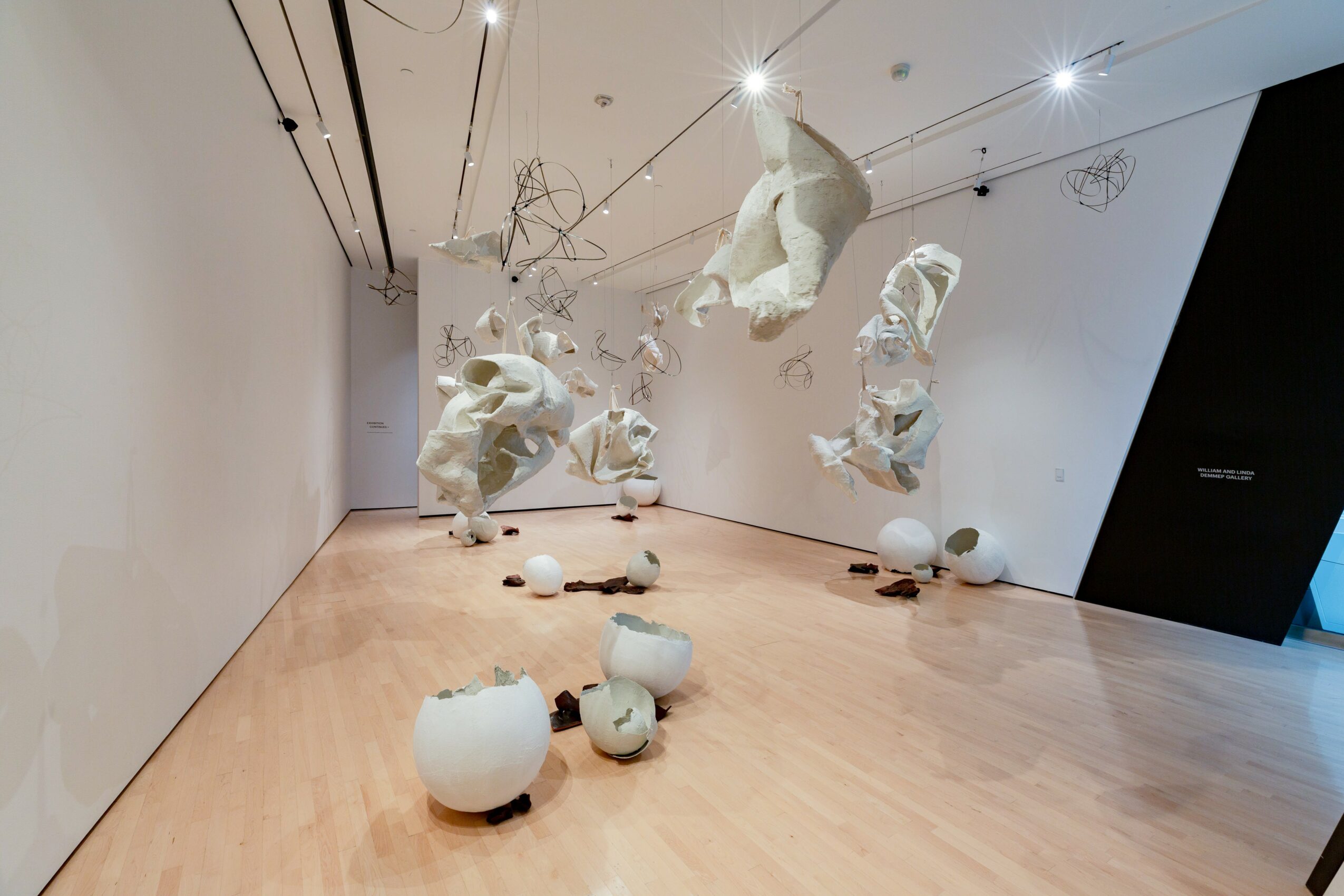
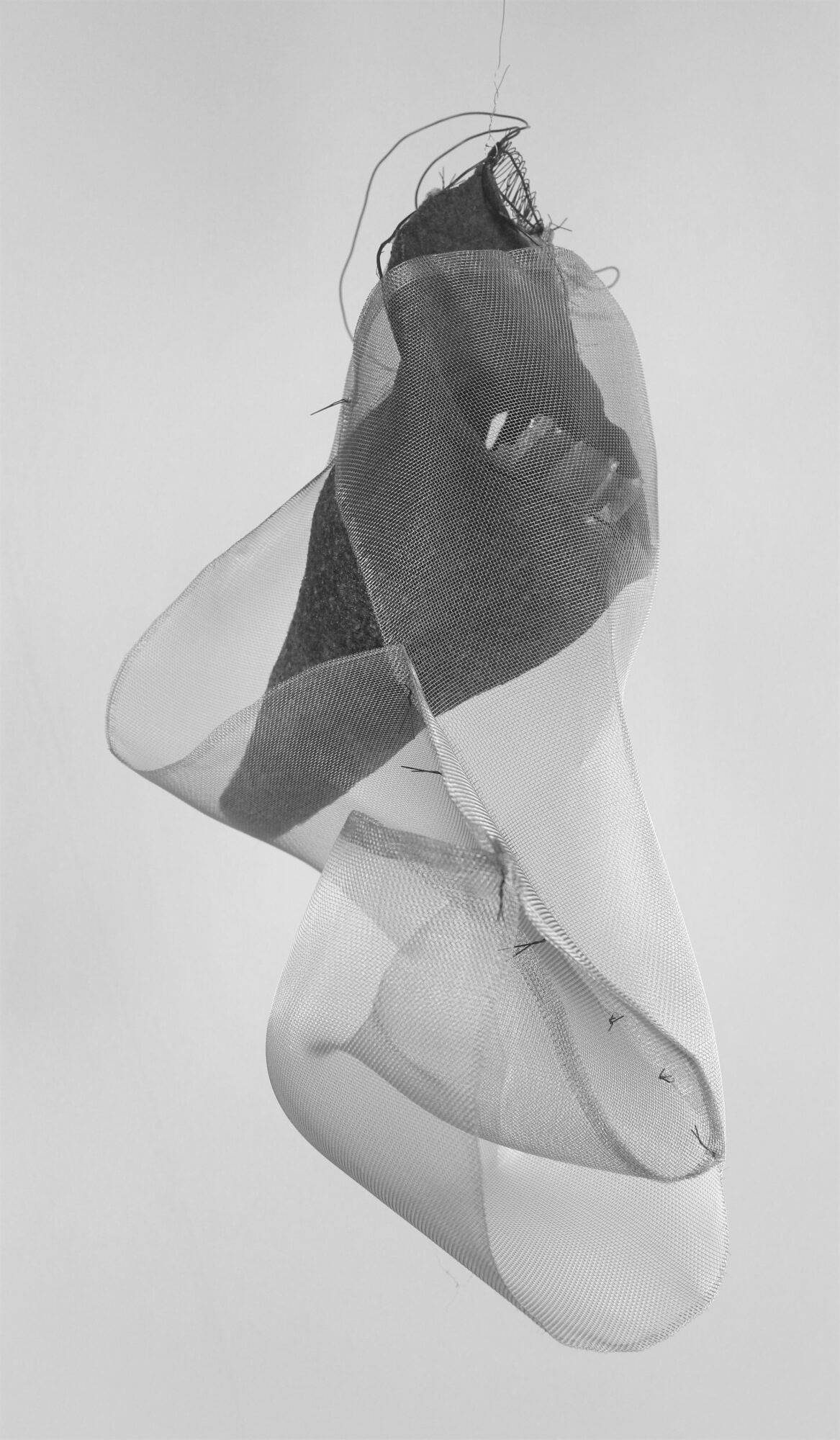
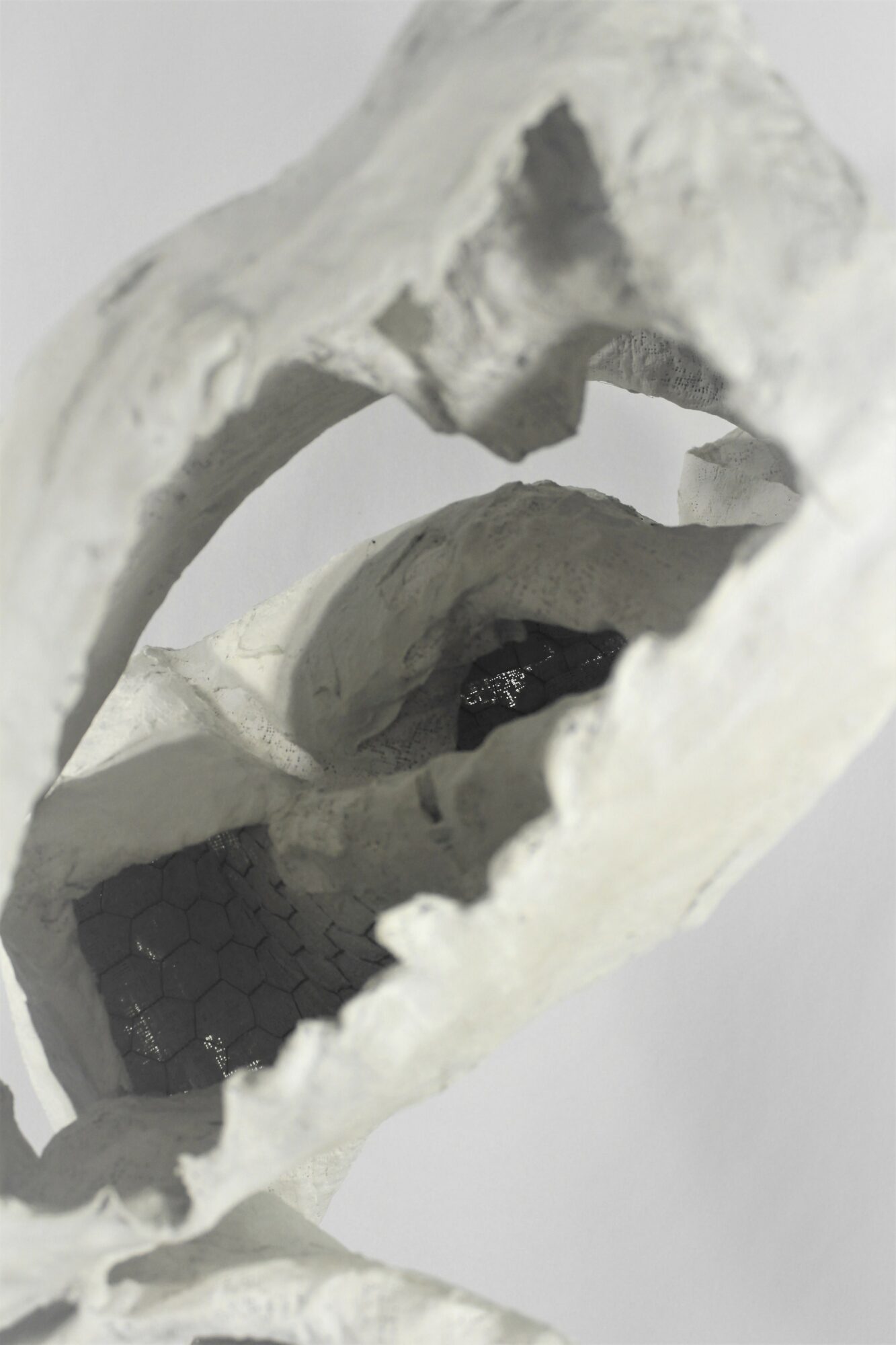
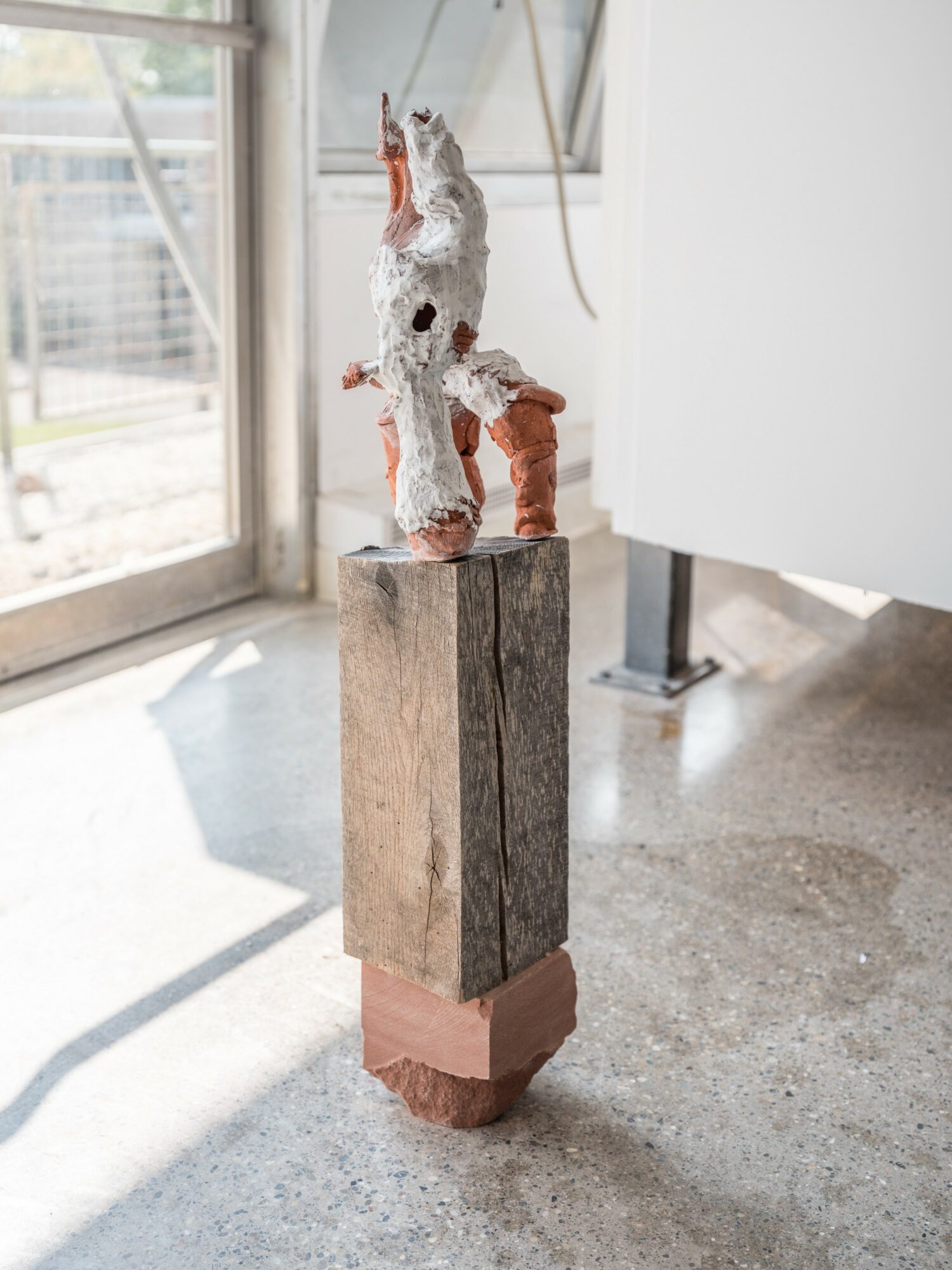
Image Credits
Alex Nichols
Allison Mille
Aaron Word

